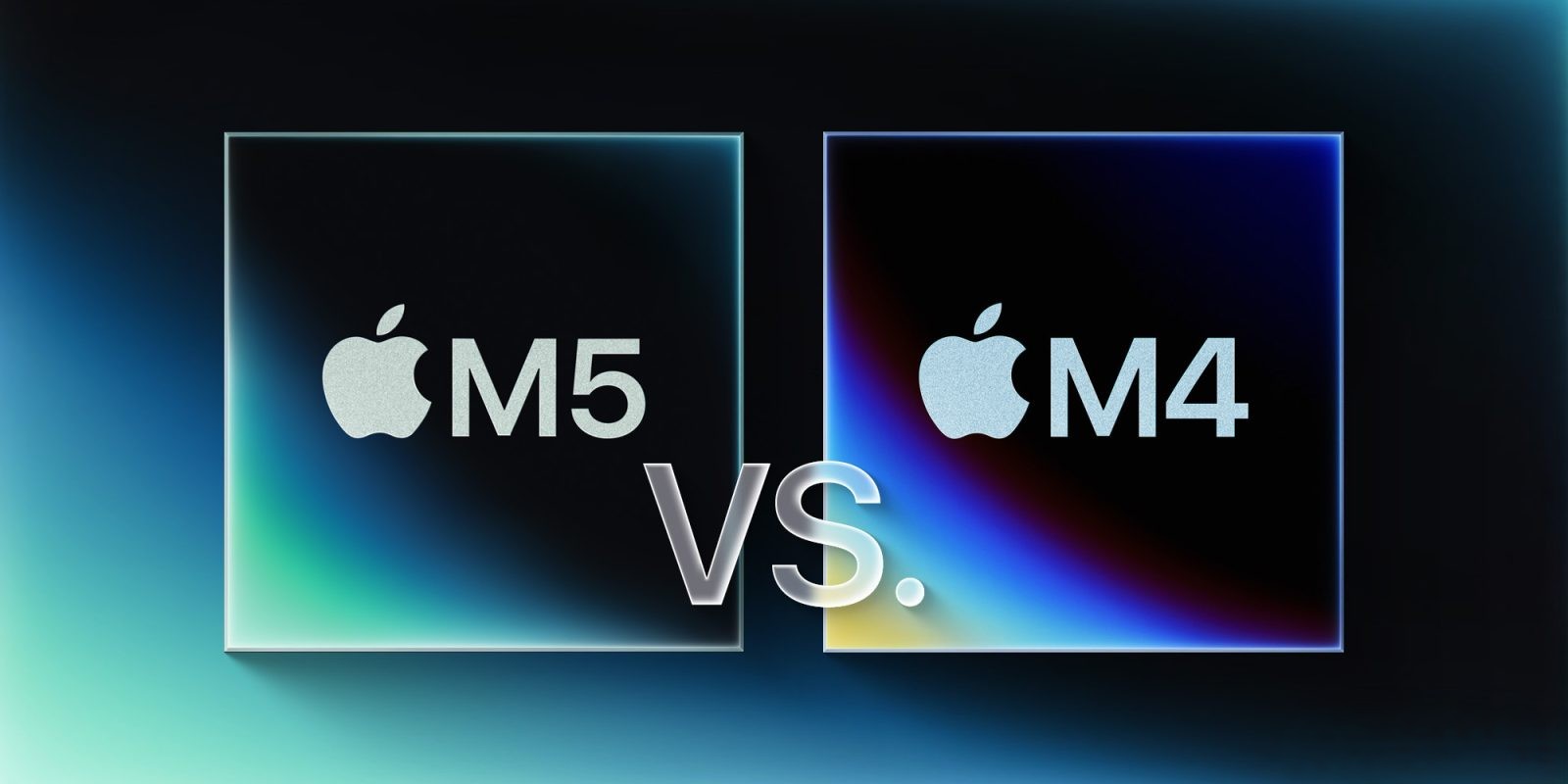Apple has unveiled its latest advancement in silicon technology with the introduction of the M5 chip, marking a significant leap in performance and efficiency over its predecessor, the M4. This article delves into the key enhancements and innovations that the M5 brings to the table, particularly in the realms of artificial intelligence (AI), graphics, and processing power.
Neural and AI Performance
A standout feature of the M5 chip is its substantial improvement in AI and machine learning (ML) capabilities. Building upon the foundation laid by the A19 and A19 Pro chips found in the latest iPhone models, the M5 incorporates new Neural Accelerators within each GPU core. This architectural enhancement results in over four times the peak GPU compute performance for AI tasks compared to the M4. ([apple.com](https://www.apple.com/ml/newsroom/2025/10/apple-unleashes-m5-the-next-big-leap-in-ai-performance-for-apple-silicon/?utm_source=openai))
Apple has provided specific performance metrics to illustrate these advancements:
– Time to first token (Large Language Models): 3.6 times faster than the M4.
– Video enhancement in Topaz Video: 1.8 times faster than the M3.
– Rendering in Blender with ray tracing: 1.7 times faster than the M3.
– Speech enhancement with AI in Premiere Pro: 2.9 times faster than the M3.
In addition to the Neural Accelerators, the M5 features an improved 16-core Neural Engine, further bolstering its proficiency in handling complex AI and ML tasks. ([apple.com](https://www.apple.com/ml/newsroom/2025/10/apple-unleashes-m5-the-next-big-leap-in-ai-performance-for-apple-silicon/?utm_source=openai))
Memory Bandwidth
The M5 chip also boasts a significant increase in memory bandwidth, offering 153GB/s—a 27.5% improvement over the M4’s 120GB/s. This enhancement is particularly beneficial for intensive workflows, especially those involving generative AI tasks, as it allows for faster data access and processing. ([apple.com](https://www.apple.com/ml/newsroom/2025/10/apple-unleashes-m5-the-next-big-leap-in-ai-performance-for-apple-silicon/?utm_source=openai))
Graphics Performance
Graphics performance sees a notable boost with the M5. The integration of Neural Accelerators within each GPU core contributes to over four times the peak GPU compute performance compared to the M4. The M5 also introduces a third-generation ray tracing engine and enhanced shader cores, delivering up to 45% higher graphics performance than its predecessor. These improvements translate to smoother gameplay, more realistic visuals in 3D applications, and faster rendering times for complex graphics projects. ([apple.com](https://www.apple.com/ml/newsroom/2025/10/apple-unleashes-m5-the-next-big-leap-in-ai-performance-for-apple-silicon/?utm_source=openai))
Processor Architecture
The M5 maintains a 10-core CPU configuration, comprising four performance cores and six efficiency cores. Apple describes the performance cores as the world’s fastest performance core, delivering up to 15% faster multithreaded performance compared to the M4. This configuration ensures a balance between high performance and energy efficiency, catering to both demanding applications and everyday tasks. ([apple.com](https://www.apple.com/ml/newsroom/2025/10/apple-unleashes-m5-the-next-big-leap-in-ai-performance-for-apple-silicon/?utm_source=openai))
Fabrication Process and Power Efficiency
Built using third-generation 3-nanometer technology, the M5 chip benefits from increased transistor density and improved power efficiency. This advanced fabrication process allows for more transistors to be packed into the same silicon area, enhancing performance while maintaining energy efficiency. The M5’s architecture is optimized for AI workloads, enabling devices to run larger AI models entirely on-device without the need for cloud processing. ([apple.com](https://www.apple.com/ml/newsroom/2025/10/apple-unleashes-m5-the-next-big-leap-in-ai-performance-for-apple-silicon/?utm_source=openai))
Device Integration
The M5 chip is integrated into several of Apple’s latest devices, including the 14-inch MacBook Pro, iPad Pro, and the second-generation Apple Vision Pro headset. These devices are designed to leverage the M5’s enhanced capabilities, offering users improved performance across various applications. Notably, despite the performance enhancements, Apple has maintained the previous price points: $1,599 for the MacBook Pro, $999 for the iPad Pro, and $3,499 for the Vision Pro headset. ([reuters.com](https://www.reuters.com/technology/apple-rolls-out-devices-with-more-powerful-m5-chip-2025-10-15/?utm_source=openai))
Conclusion
The introduction of the M5 chip signifies a substantial advancement in Apple’s silicon technology, with marked improvements in AI performance, graphics capabilities, and processing power. These enhancements not only cater to the growing demands of professional users but also set a new benchmark for performance and efficiency in consumer electronics.



